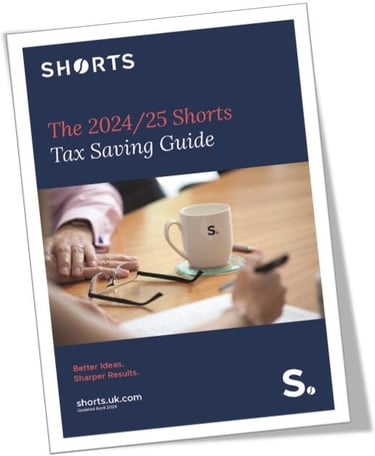
Different share classes are a mechanism to enable companies to provide shareholders with different rights in relation to the running of the company or in relation to other shareholders, but they come with restrictions you should be aware of.
These are often referred to as alphabet shares, due to the common way of distinguishing the classes being using letters to name them. Learn the basics of different share classes and what circumstances an owner-managed business should consider using them in our guide.
How do different classes of shares work?
The shares must have a clear difference in rights attached to each class of share. This is covered in more detail in section 629 of the Companies Act 2006.
If the only difference in the share classes is that they have rights to different dividends, then the Companies Act would regard them as being the same class of share. Different classes of shares may give the shareholders:
- different voting entitlements (by number of votes or votes in specified circumstances)
- different entitlements to capital in the event that the company is wound up or sold; or
- different entitlements to purchase shares from exiting shareholders.
These will often be different classes of ordinary shares, but they could also be types that have more varied rights.
What different types of shares are there?
In addition to so-called Ordinary shares, a company’s share capital can include a variety of different types of shares, these are some of the most common classes:
- Preference shares: some shareholders enjoy preferential or pre-determined rights over dividends before other classes of shares.
- Redeemable shares: the company has the right (and potentially obligation) to buy the shares back at a future date.
(Both these share types can be combined to form redeemable preference shares, which offer enticing high rates of return for the investor that the company can repay later, once they have grown on the back of the investment.)
- Non-voting shares: some shareholders are entitled to dividends and/or capital but have no voting rights.
- Deferred shares: select shareholders may have limited rights to dividends or capital, ranking after every other type of share.
- Management shares: these shares that may be held by directors have extra voting rights to ensure management stays in control.
Company law requirements state dividends should be paid to each class of shareholders proportionate to their shareholdings in that class. Unless a company’s articles state otherwise, each class of share will be entitled to dividends only when the directors, or the shareholders so entitled to vote, declare a dividend on that class.
Why would a business want to adopt different class shares?
A company and its existing shareholders may want to issue alphabet shares for a variety of reasons:
Different voting rights
This would be to ensure that the main shareholder(s) maintains control and holds the majority vote in key company decisions whilst sharing ownership of the company with the other shareholders.
For an owner-managed business, this setup would enable them to maintain control of their business after seeking investment or passing a share of ownership down their family.
Pre-emption rights
Key shareholders may want the right to have “first dibs” on shares to be sold by other shareholders, and there may be a preference on the order.
This ensures owner-managed business owners can avoid minority shareholders increasing their interests when other shareholders leave.
Good and bad leaver clauses
For employee shareholders, it is common to include good and bad leaver clauses to dictate what happens to their shares in the event of them leaving.
An owner-managed business may want leaver clauses included in shares to ensure that ownership of the company remains with its directors and employees, to preserve their business’s reputation.
Legal considerations with different class shares
Under Section 629 of the Companies Act 2006, nominally different classes of shares are considered the same class if the rights attached to them are uniform in all respects.
If the only difference between the classes is that the rights to dividends are different in the twelve months immediately following their allotment, then they will be treated as the same class of share.
Pros and cons of different class shares
|
Pros |
Cons |
|
Founders of owner-managed businesses can maintain control |
Shareholders may be confused by complex rights |
|
Helps business owners preserve reputation of business |
Must be legally well-defined to cover any potential future scenario |
|
Can create greater loyalty with employees and investors |
|
When should a business implement different class shares?
The best time to establish different class shares in your company is from its inception, if the capital and investor profile is known at that time.
Ordinary shares can be reorganised subsequently into separate classes, or new share classes created and issued by the company, when new shareholders are coming in who it is desired will have different rights. Tax advice should be obtained before doing so, to avoid triggering unexpected tax charges, particularly in transactions involving employees or family members.
Find the right share structure for your business
Alphabet shares may offer business owners greater protection. Our owner-managed business team at Shorts can advise on your unique circumstances for your business and tailor a solution that suits your needs.

Bradley Redfearn
I am a Chartered Tax Adviser working within the Owner Managed Business Team at Shorts, advising clients on all areas of business taxes. Over the years, I’ve managed a diverse client portfolio, helping them navigate complex tax issues, improve efficiency, and plan strategically for the future.
View my articles